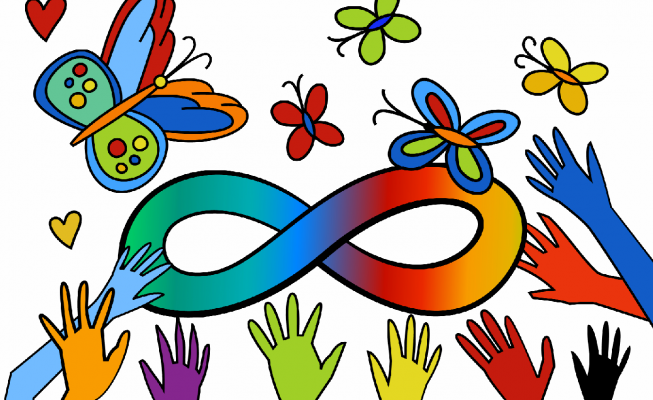Variability in autism features is related to multiple genomic dimensions

Individuals with autism may present with very different features (or phenotypes). For example, some neurodivergent individuals may experience difficulties acquiring spoken language, while others master spoken language effortlessly. Genetic mechanisms in autism, too, seem to be as diverse as the features associated with autism. Both common (present in at least 1 out of every 100 individuals in the population) and very rare genetic variants (present in less than 1 out of 10.000 individuals) play a role in autism, but common genetic variation has a larger contribution. “Still, even common genetic influences differ across autistic individuals and contribute to different phenotype presentations, although underlying mechanisms are not well understood”, says senior researcher Beate St Pourcain, the lead scientist in the study. “Autism is heterogeneous at the genetic and phenotypic level and, by studying this heterogeneity, we aim to better understand the genetic mechanisms leading to such developmental diversity”, adds first author Lucía de Hoyos.
Studying variation across individuals with autism
Are common genetic influences related to phenotype differences across individuals with autism? To tackle this question, the research team, funded by the Simons Foundation, studied multiple autism-related features simultaneously in individuals with autism from two large cohorts. The team investigated 5,331 autistic individuals from the SPARK (Simons Powering Autism Research) cohort, a community sample of families from the United States where one or more family members have the condition. The team also studied 1,946 individuals with autism from the SSC (Simons Simplex Collection) cohort, consisting of ‘simplex’ families where only a single family member has autism. In simplex families, rare ‘de novo’ mutations (i.e. newly arising mutations not inherited from parents) are more likely to play a role.
Finding genomic dimensions
In SPARK and the SSC, the researchers identified at least three distinct genomic dimensions by studying structures of genomic variation. These dimensions were largely, but not fully identical.
Language and developmental motor delay
In both cohorts, one genomic dimension was related to language performance and another related to developmental motor delay. More specifically, the team found genetic links between higher language levels and an earlier age of self-feeding with a spoon. According to the researchers, self-feeding may present an early marker of cognitive and language development in autism. The genetic dimension related to developmental motor delay explained variation in acquiring developmental and motor milestones, such as the age at which children start to crawl.
Language and behaviour
The main difference between the two cohorts concerned the genetic relationship between language and behaviour—especially repetitive behaviour, captured by the third genetic dimension. While the genomic dimensions underlying language performance and behaviour were largely unrelated in the autism community sample (SPARK), they were strongly genetically linked in simplex autism (SSC). This finding may point towards differences in underlying mechanisms between the two autism cohorts. However, the finding may also reflect differences in recruitment strategies.
“Our study demonstrates that common genetic variation relates to at least three different genomic dimensions, explaining differences in autism-related features across individuals with autism”, says St Pourcain. “Thus, our research may help to characterise different underlying mechanisms contributing to neurodiversity”.
Share this page